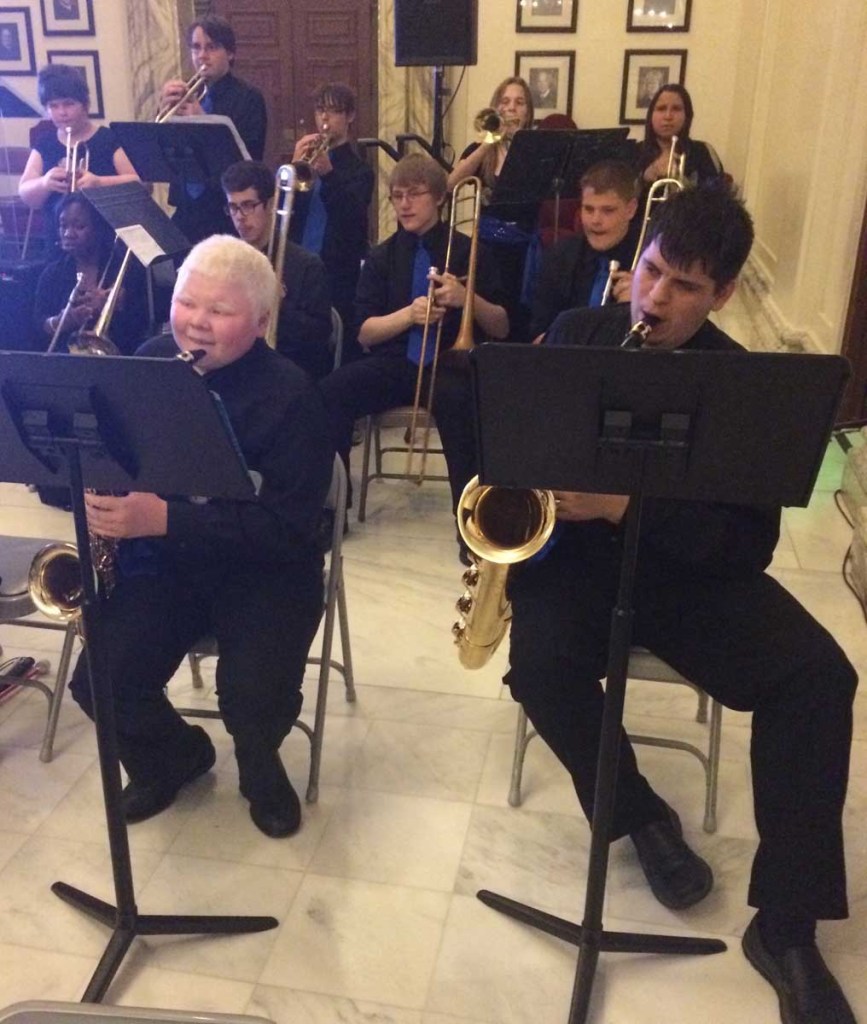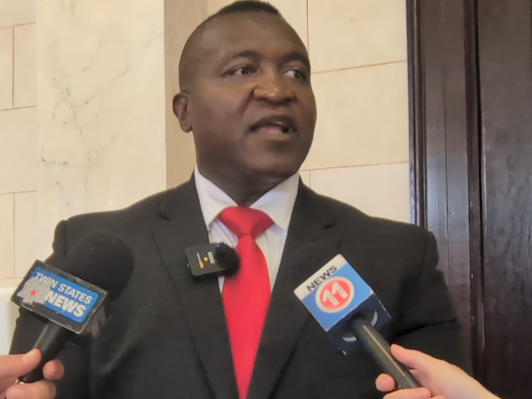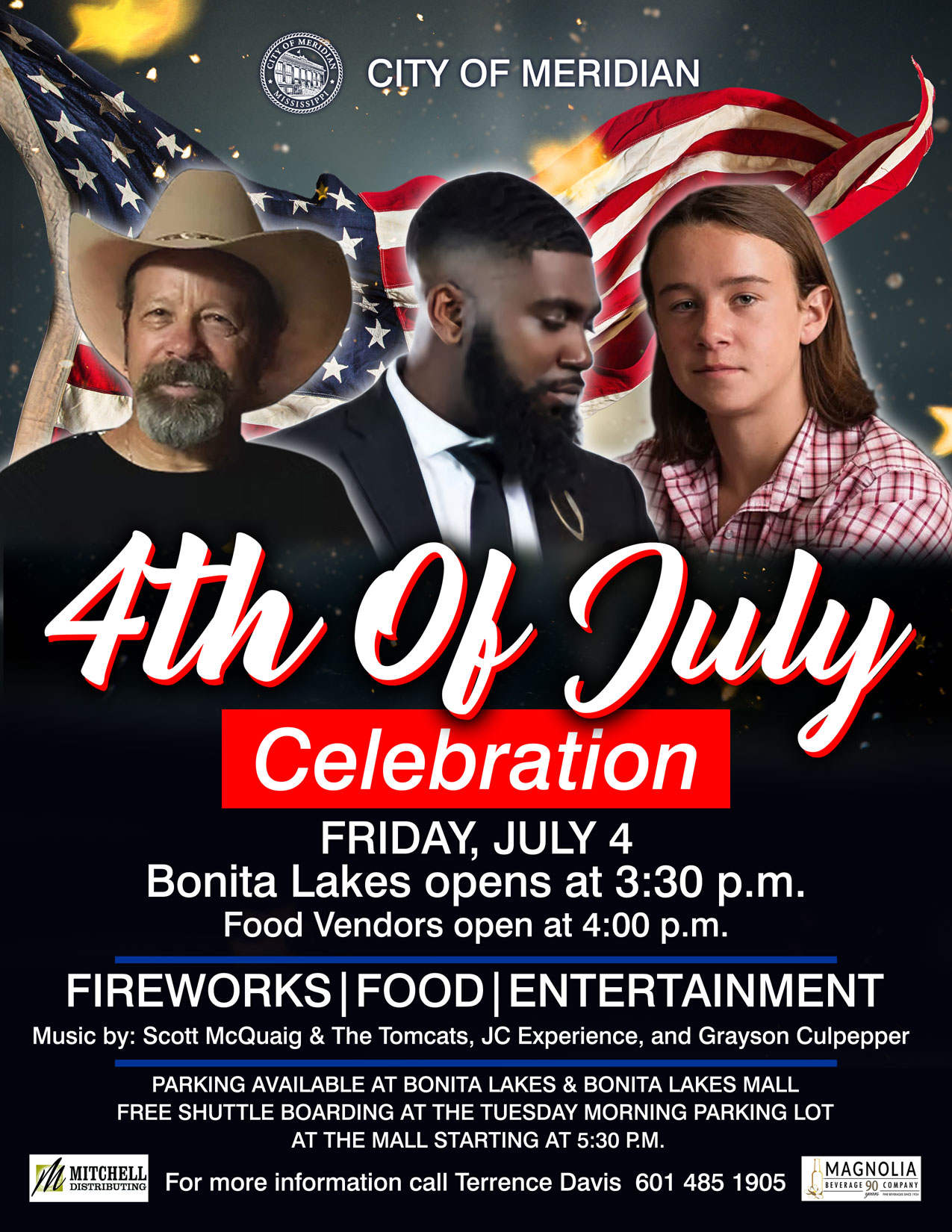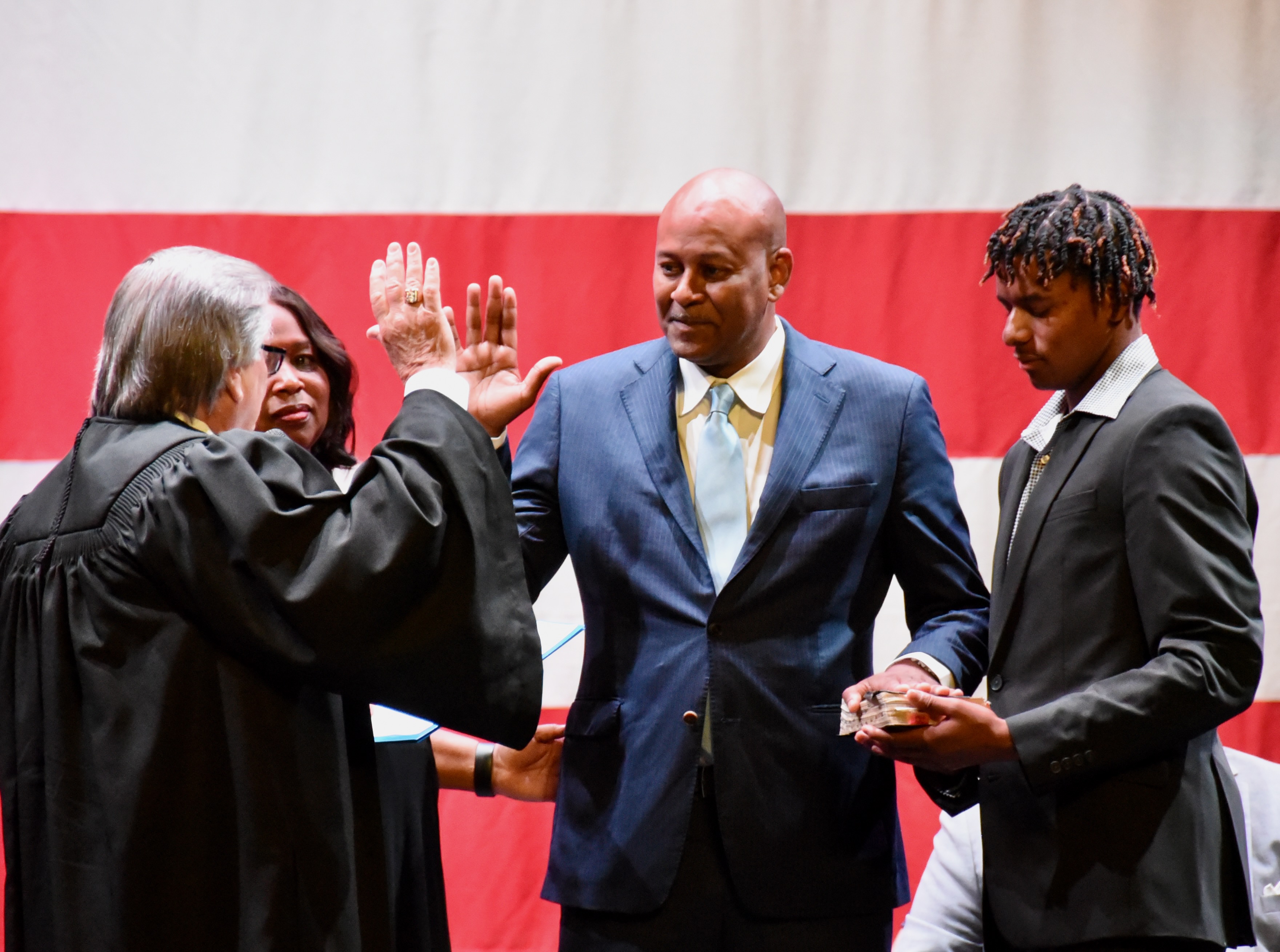Visually impaired jazz musicians hit all the right notes
Published 7:15 am Thursday, April 7, 2016

- Members of the state School for the Blind high school jazz band play at the Capitol this week during an event designed to highlight Oklahomans with disabilities. The group is one of the only high school bands in the nation whose members are all visually impaired.
OKLAHOMA CITY — When Chris Ferrell took over the jazz band at a new school seven years ago, it was obvious that some of his most trusted, non-verbal tools for leading musicians wouldn’t work.
Ferrell leads one of the few high school bands in the country whose members are all visually impaired. He doesn’t conduct the band from the Muskogee School for the Blind, so much as he calls out song selections, claps his hands to give the student musicians a rhythm, counts them off and steps aside.
“Everything is either tactile or audio,” he said after a concert at the state Capitol this week. “There’s no real conducting. Once I count them off, that’s it. They have to be together as group.”
The 19 musicians are all visually impaired. They cannot see Ferrell, read normal music or any pick up any non-verbal cues.
Sight-reading braille music isn’t really feasible, since musicians need both hands to play their instruments.
So Ferrell’s band spends hours memorizing every selection, sometimes listening to songs over and over to learn nuances and how each instrument fits into the piece.
Ferrell said such ensembles are “more rare than you think.”
“We’re one of the only schools for the blind in the nation that has a band at all,” he said. “Most schools for the blind go towards choir.
“I’m not saying it’s harder than choir…but it’s just difficult playing a musical instrument,” he said.
And, he noted, his musicians simply wouldn’t have an opportunity to play in a traditional public school.
“There’s no way,” he said. “I mean, I taught public school, and we never had a visually impaired child in our class. It’s not geared for them.”
Still, given the prominence of some blind musicians — think Ronnie Milsap, Ray Charles and Stevie Wonder — Ferrell said there’s sometimes a perception that the visually impaired are naturally musically gifted.
“They’re just the same as everyone else,” he said. “Everybody works really hard, and it pays off.”
This week, Ferrell’s musicians were featured guests at the annual People with Disabilities Awareness Day at the state Capitol. They were fresh from a winning performance at a band competition in Tahlequah, where they’d taken top prize in their division and received the second-highest score overall.
Richelle Zampella, 15, an alto saxophonist, said she learns music first by listening to it. The more she practices, the easier it becomes.
“The faster passages (are) harder to pick up by ear,” she admits.
During her performance at the Capitol, the Muskogee freshman belted out what sounded like a flawless solo during the song “Little Sunflower.”
“It’s great experience, trying to find your own voice,” she said.
Tenor saxophonist Jennifer Ratliff said her favorite part of playing is showing people “that we can really play music well even though we’ve got a disability.”
In addition to the tenor sax, the 17-year-old senior from Roland plays piano and hopes to pick up even more instruments.
She hopes to take her love of music to Southern Nazarene University, where she’ll start college in the fall.
Janelle Stecklein covers the Oklahoma Statehouse for CNHI’s newspapers and websites. Reach her at jstecklein@cnhi.com.





